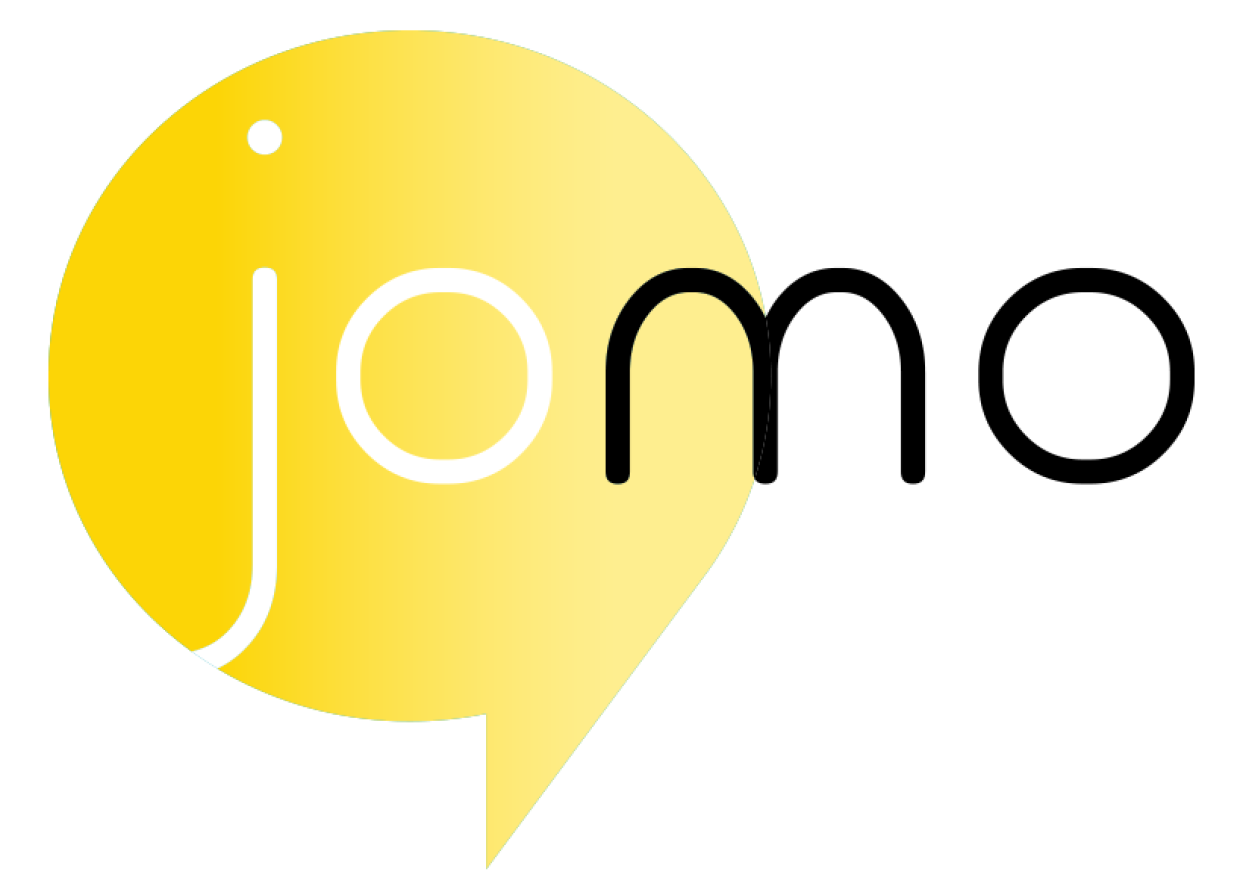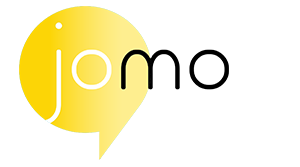I read recently in an article by Spill that on average we tell people we’re fine 14 times every week – but only mean it twice.
“I’m fine.”
Those two words act as a masquerade of emotions.
For some people they mean exactly that. “I’m fine, thanks – you know, getting along”.
For others, it can serve as a code for: “I’m fine – in all honesty, I’m struggling. Managing deadlines, home-schooling, endless interruptions, it’s getting on top of me… hand me that bottle of Red”.
Then there are those team mates who say they’re fine, but they’re really not. This is the group who don’t quite know how to verbalise that they’re having panic attacks or are struggling to get excited about work. Instead, they act as though everything is okay.
The pandemic has had an effect on the wellbeing of almost every single employee. Even if they’re not sharing their experiences directly with you.
Here are some stats to show you that you need to improve your employee wellbeing:
93% of employees faced new wellbeing challenges last year (Perkbox)
Almost half of adults (48%) reported that their wellbeing was being affected by the pandemic (ONS)
75% of employees are currently experiencing burnout at work (HR Executive)
Anxiety levels in those under 29 years of age are up almost 25%
75% of people say they feel more socially isolated (SAP)
When it comes to the business agenda, employee wellbeing programmes are here to stay
Gethin Nadin wrote that more than three quarters of UK employers say that pandemic has made them change their approach to employee wellbeing.

Wellbeing has taken a step up since the pandemic increased working from home.
Wellbeing is now a priority subject for many businesses; it’s something that’s discussed at Board level. As such, people-centric teams are always on the lookout for ways to really keep their employee wellbeing programmes relevant.
Organisations now get the importance of creating the right environment to help people thrive and do their best work, and the pandemic has exacerbated this push. They get that an employer plays a key role in someone’s state of being comfortable, healthy or happy, and how satisfied they are with their life as a whole.
Think back to when you first started out in your recruitment/HR career… who would have thought we would be saying this years later?
Look at how far we have come. But there’s still a lot of work to do.
There are many businesses really thinking about and putting so much effort into their employee wellbeing programmes. They understand how to engage and support their teams and truly see the bigger picture.
If you’re looking for new ideas to improve your employee wellbeing programme – read on.
7 Examples to Improve Your Employee Wellbeing
At a glance:
- High profile leaders sharing their experiences of mental health
- Employees to stick to working hours
- Change the language you use internally
- Introduce wellbeing workshops
- Let them design their own space
- Switch up those employee events
- Mental health = physical health are one in the same
1. High-profile leaders sharing their experiences of struggle
You may have read recently that Tom Blomfield of Monzo spoke openly about the impact of the pandemic on his role as CEO. Showing your employees that you too have spells where you struggle and how you strive to overcome them can help to model the right behaviours.

It starts at the top – if leaders open up and talk, their team will feel free to do the same.
When talking about creating safe spaces or places with psychological safety, we often think about dealing with things like imposter syndrome. But it turns out, this level of transparency can do wonders, especially if it is backed up with an ‘open door’ policy to execs.
2. Encourage employees to stick to working hours
Some businesses operate a switch-off policy, whereby employees are encouraged not to work outside of working hours. This can only work if it is a top-down approach and managers adhere by setting the right example of what’s acceptable and what’s expected.
3. Fix the language
Create an environment where it’s okay to talk about it, maybe provide access to online counsellors to help employees to understand what their potential triggers may be. The main message, though, is to neutralise the language and make it okay to not be okay.

There has been a sharp rise in employers funding counselling sessions for staff.
4. Provide access to financial wellbeing advice or workshops
One of the biggest sources of workplace stress is finance, especially now when many people are worried about job security and paying their bills. Invite someone to talk with your people about financial education to ease some of the stress.
Make sure the person you get to come and talk to your audience understands the unique challenges facing different cohorts or generations. For instance, we recommend Talia Loderick, especially if you are trying to engage the younger members of your workforce.
5. Let your team work in the office space they want (and feel comfortable in)
Not everyone has the luxury of having a spare room or office at home. Some of your team may have flatmates, some may have to work in their bedroom.

Sofa, desk, floor, smart, casual, smart-casual – all options for working from home. Employers need to provide a great work-from-home policy.
Try not to encroach on their space with your idea of what an office set up should look like. It’s about optimising what’s best for them. There are businesses that provide employees with a budget to furnish their office to create the right environment. Candles, gym equipment, nice stationery, whatever works for them. Maslow’s hierarchy of needs 😉
6. Switch up those employee events
Hats off to anyone still running a Zoom quiz, by the way. But seriously, think of ways to play around with the format of team events. We heard someone the other day treating their team to an evening of drag queen wine tasting. Then there was the treasure hunt party. The Schitt’s Creek binge-watching viewing event.
They don’t all have to be full of energy, some people may want something a lot more low-key. In fact, that may put some people off, but think about the type of support, engagement and interaction your teams have with you now.
7. Treat mental health as you do physical health.

Gone is the standard 30 minute lunch break – its time to offer wellbeing breaks.
In the initiatives you offer, make sure to strike a good balance between the two. For physical health, this could be encouraging your teams to walk 5,000 steps a day whereas with mental health it could be ensuring they switch off from the computer or have access to an app, such as Calm or Headspace.
What we do at Jomo People
We’re a close bunch and love nothing more than celebrating our team’s successes. For instance, we recently gave the team a pamper hamper to show how much we appreciate their efforts. It’s the small things that count. What’s working for you? Share below, we’d love to hear from you.
Written by Sarah Hopkins, Co-founder.


